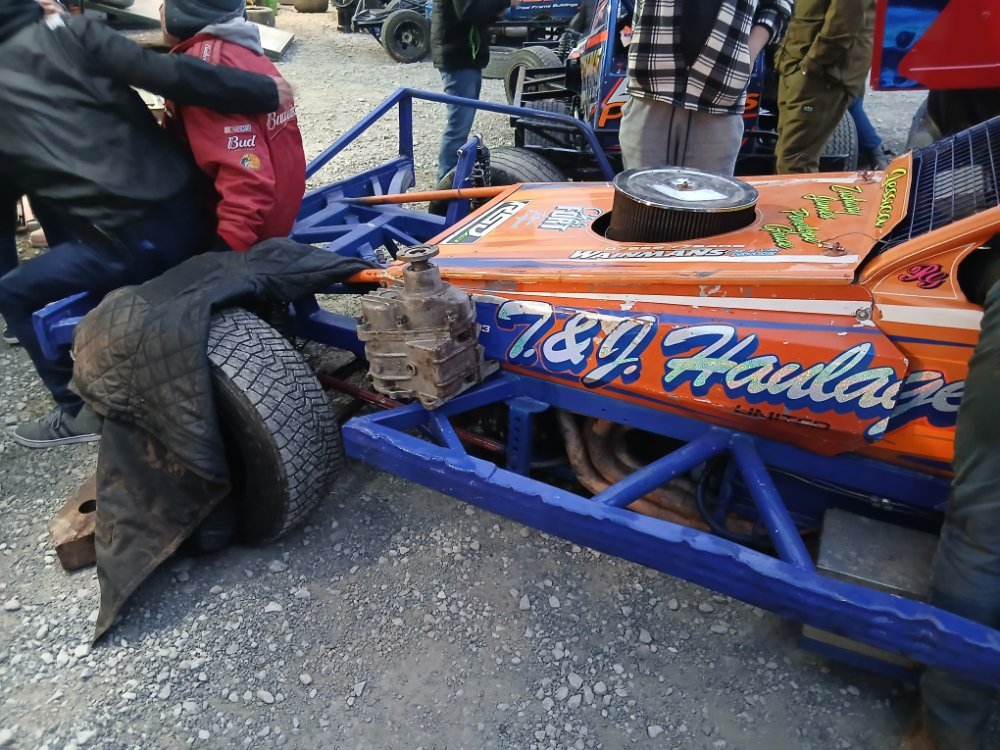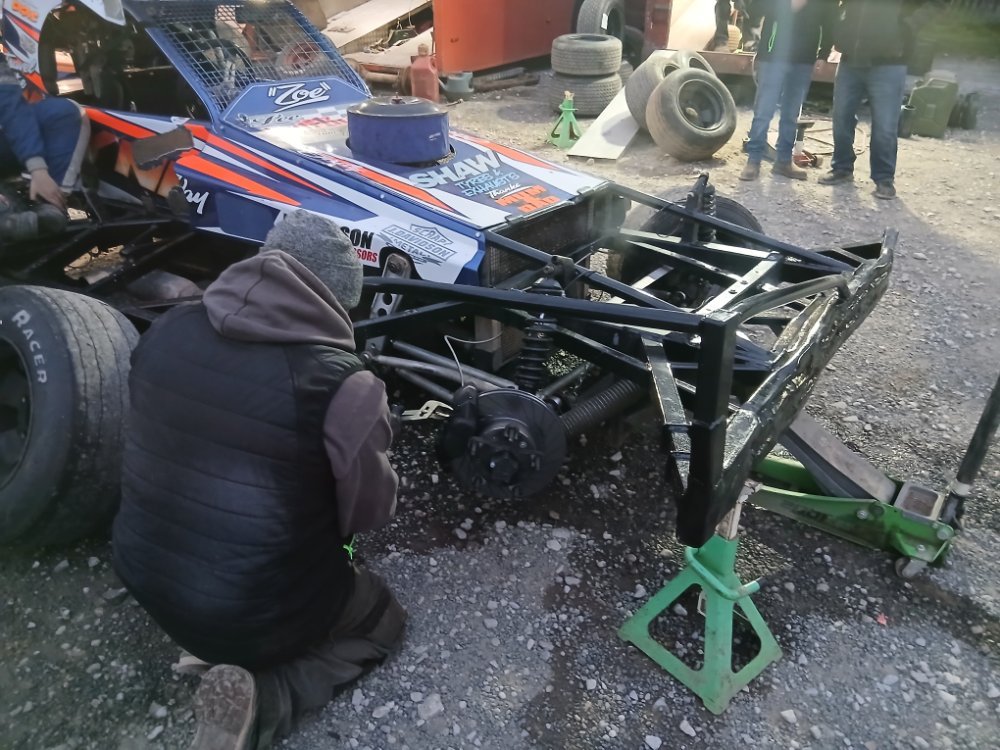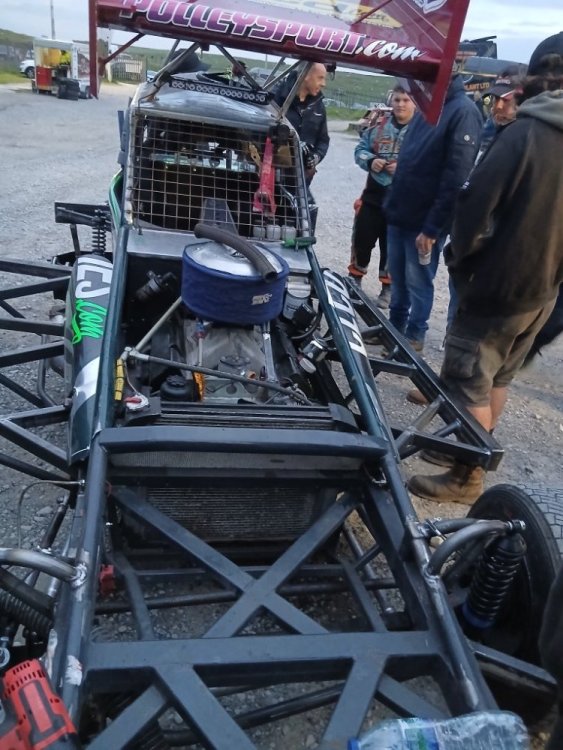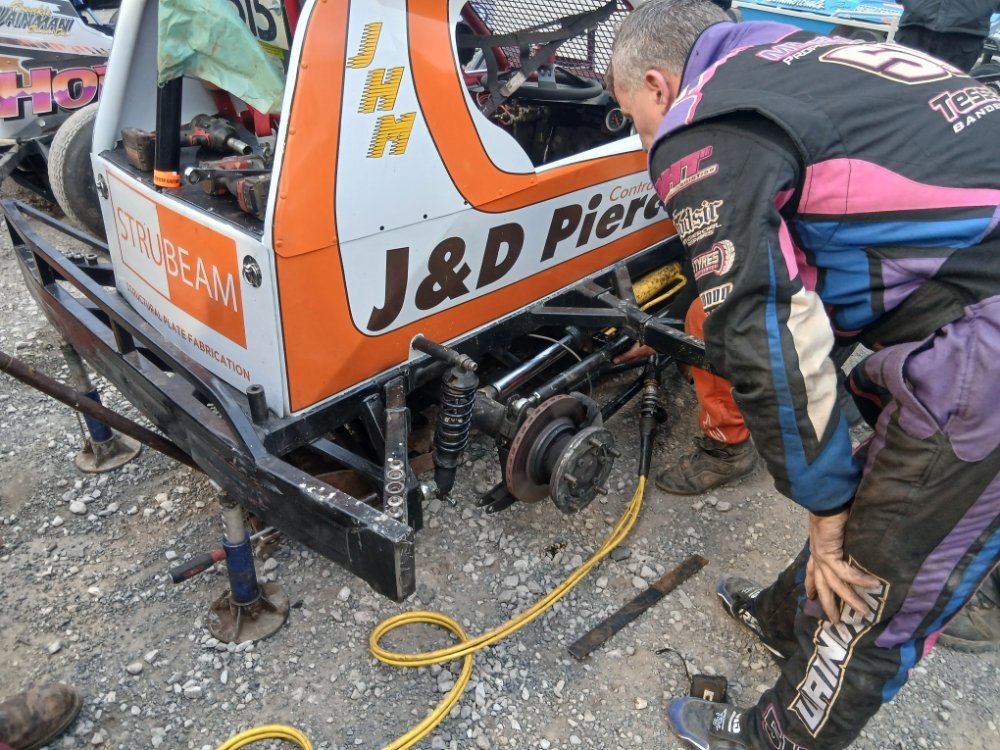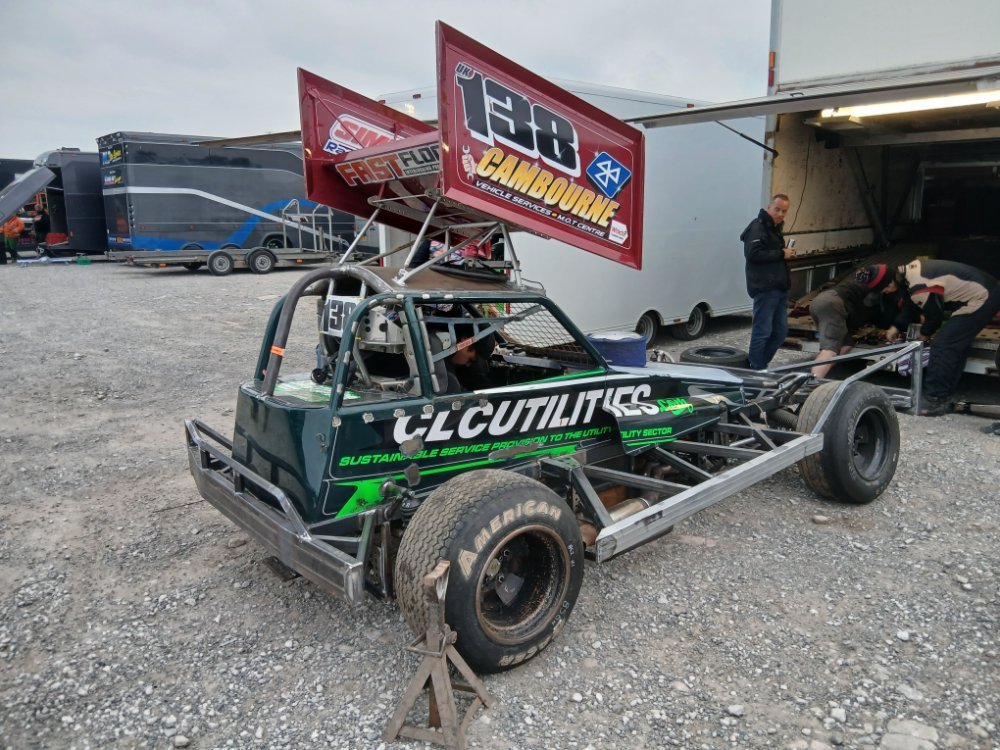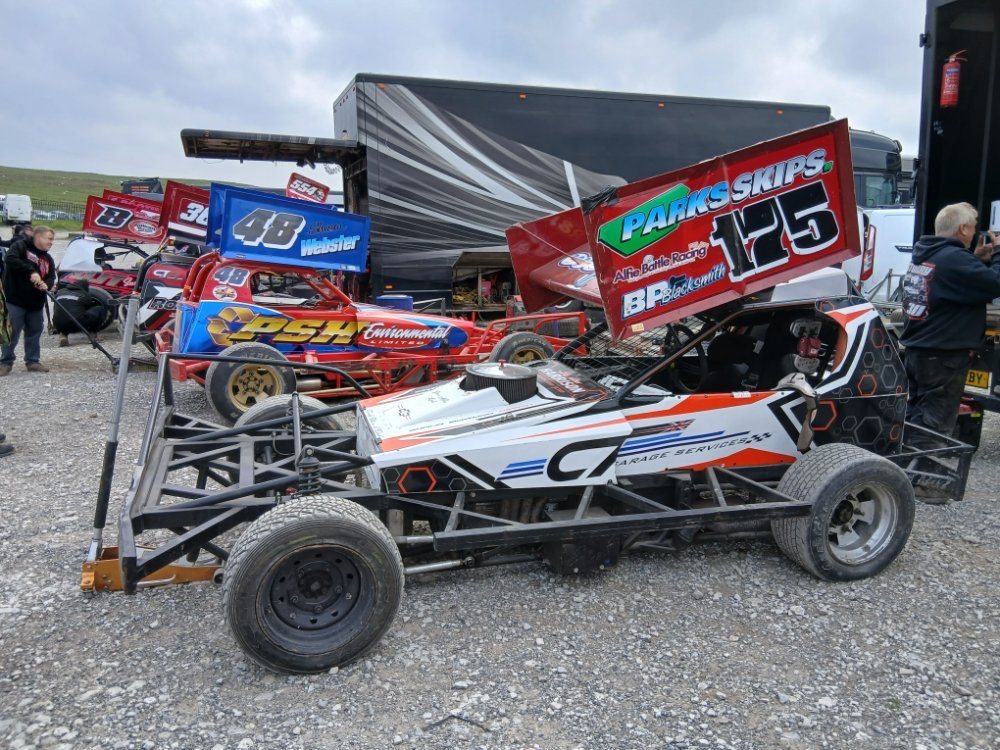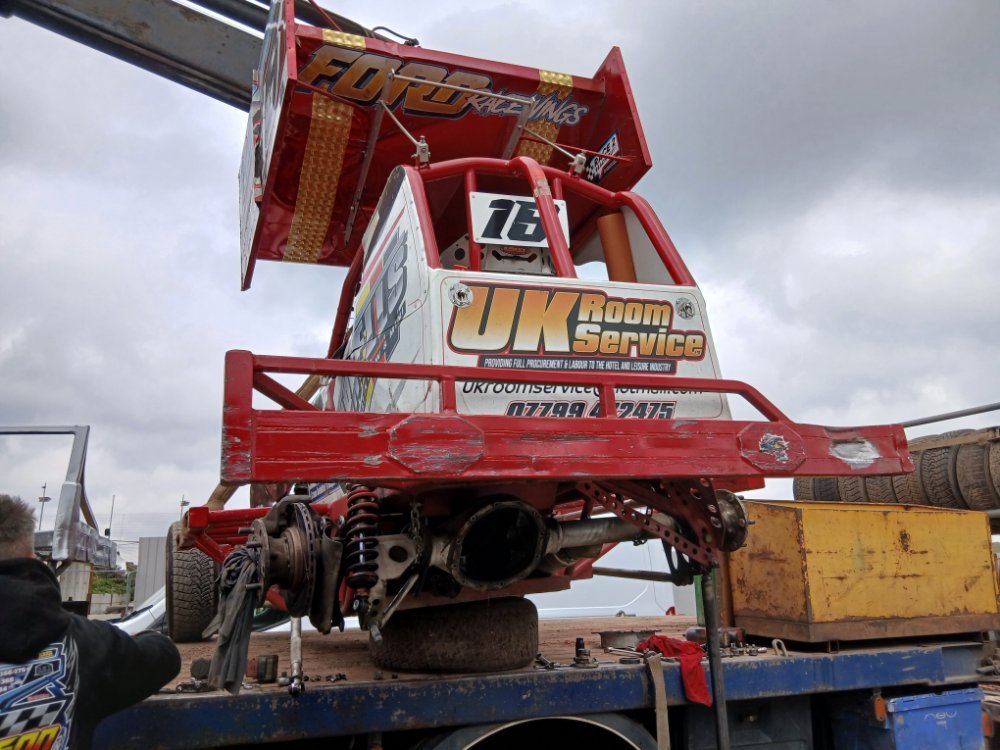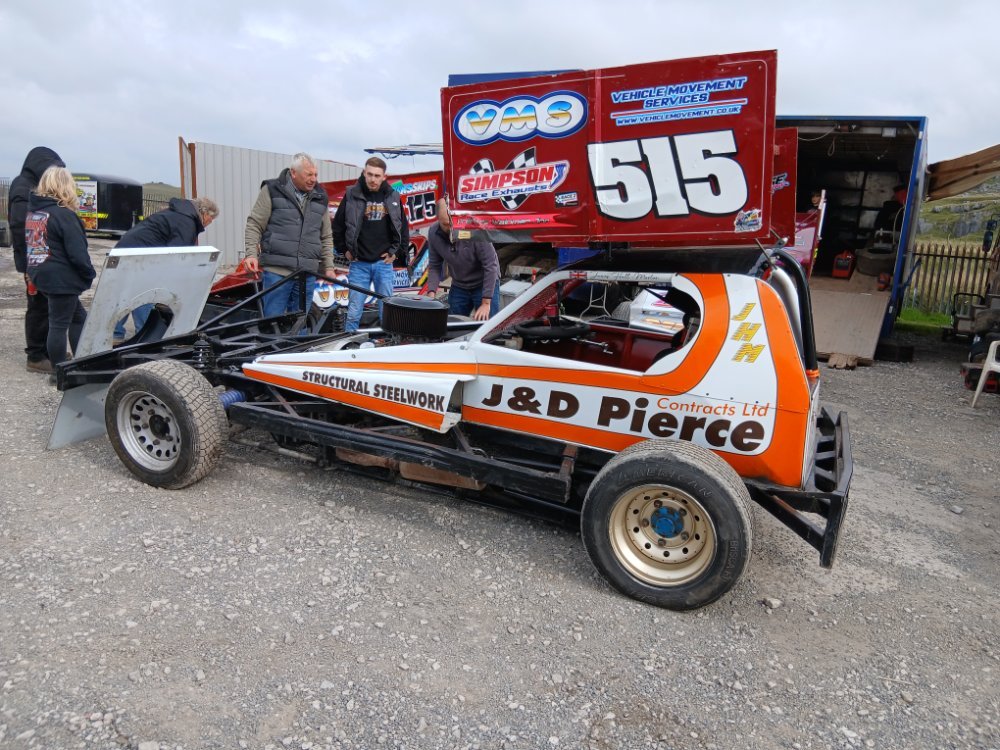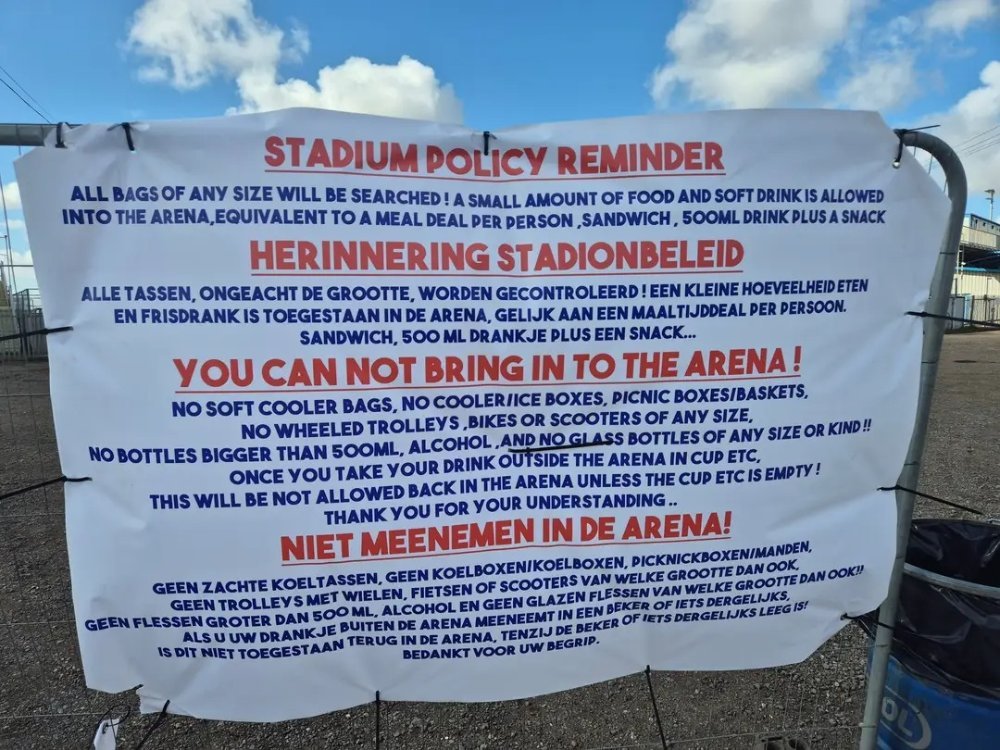-
Joined
-
Last visited
-
Days Won
178
Everything posted by Roy B
-
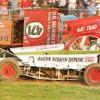
Results - Buxton - Saturday 27th September 2025
Roy B replied to Roy B's topic in Essential Information
Final Grid: C 524 389 523 403 B 226 287 269 A 178 22 Shooters 555 526 1 8 368 217 515 212 259 138 175 554 From the back: 141 49 569 -

Results - Buxton - Saturday 27th September 2025
Roy B replied to Roy B's topic in Essential Information
-

Results - Buxton - Saturday 27th September 2025
Roy B replied to Roy B's topic in Essential Information
Heat 3 result: 1 368 16 217 526 8 175 555 554 523 178 141 DNF: 403, 226, 269 & 138. -

Results - Buxton - Saturday 27th September 2025
Roy B replied to Roy B's topic in Essential Information
Tom Harris wins Ht.3 -

Results - Buxton - Saturday 27th September 2025
Roy B replied to Roy B's topic in Essential Information
YF: 403 & 226 tangled and locked together in turn 3. 524 heads the restart. -

Results - Buxton - Saturday 27th September 2025
Roy B replied to Roy B's topic in Essential Information
Heat 3 Grid: C 524 403 523 B 226 269 A 178 Shooters 555 526 1 8 368 554 217 16 175 138 From the back: 49 141 -

Results - Buxton - Saturday 27th September 2025
Roy B replied to Roy B's topic in Essential Information
Pit News: 212 - Gearbox change: 403 - Changing front pads: 138 - Replacing top hose: 48 - Oil light keeps coming on exiting the corners. Investigation in op. -

Results - Buxton - Saturday 27th September 2025
Roy B replied to Roy B's topic in Essential Information
Heat 2 result: 1 22 16 555 526 515 269 138 259 175 389 287 DNF: 569, 212 & 48. -

Results - Buxton - Saturday 27th September 2025
Roy B replied to Roy B's topic in Essential Information
Tom Harris easily wins Ht.2 by a country mile leaving the rest floundering in his wake -

Results - Buxton - Saturday 27th September 2025
Roy B replied to Roy B's topic in Essential Information
Heat 2 Grid: C 389 403 523 325 B 287 269 A 22 48 Shooters 555 526 1 515 259 212 16 175 138 From the back: 569 -

Results - Buxton - Saturday 27th September 2025
Roy B replied to Roy B's topic in Essential Information
-

Results - Buxton - Saturday 27th September 2025
Roy B replied to Roy B's topic in Essential Information
Heat 1 result: 368 217 22 212 8 515 178 259 226 554 389 524 -

Results - Buxton - Saturday 27th September 2025
Roy B replied to Roy B's topic in Essential Information
Callum Thornton wins Heat 1 -

Results - Buxton - Saturday 27th September 2025
Roy B replied to Roy B's topic in Essential Information
2/3rds format. Heat 1 Grid: C 524 389 325 B 226 287 A 178 22 Shooters 8 368 554 217 515 259 212 From the back: 49 569 -

Results - Buxton - Saturday 27th September 2025
Roy B replied to Roy B's topic in Essential Information
- 27 replies
-
11
-

Results - Buxton - Saturday 27th September 2025
Roy B replied to Roy B's topic in Essential Information
Drivers here tonight: 1 Tom Harris 8 Catherine Harris 16 Mat Newson 22 Lewis Hunter 48 Shaun Webster 49 David Sayce 138 Dave Polley in the 346 car * 141 Carl Pickering 175 Karl Hawkins in the 30 car 178 Richard Burt 212 Daniel Wainman 217 Lee Fairhurst 226 Darren Lindsay 259 Paul Hines in MN car 269 Thomas Rogers 287 Jansen Wilkinson 325 Richard Davies 368 Callum Thornton 389 Jack Morris 403 Ellie Dickerson 515 Frankie Wainman Jnr in the 132 car 523 Brooke Kitson 524 Jason Cull 526 Finn Sargent 554 Sierd de Vries 555 Frankie Wainman Jnr Jnr 569 Freddie Rogers *Not arrived as yet -

Results - Buxton - Saturday 27th September 2025
Roy B replied to Roy B's topic in Essential Information
Ben Howard loaded up and heading for home. Propshaft sheared. No spare available. 166 cancelled. -

Results - Buxton - Saturday 27th September 2025
Roy B replied to Roy B's topic in Essential Information
-

Results - Buxton - Saturday 27th September 2025
Roy B replied to Roy B's topic in Essential Information
-

Results - Buxton - Saturday 27th September 2025
Roy B replied to Roy B's topic in Essential Information
-
Welcome to Buxton folks. Today's race format: Race 1 – Stoxkarts Snr Gold Top Final Race 2 – National Ministox Heat 1 Race 3 – Rebels Heat 1 Race 4 – BriSCA F1’s Heat 1 Race 5 – Stoxkarts Snr Heat 1 Race 6 – Ministox Heat 2 Race 7 – Rebels Heat 2 Race 8 – BriSCA F1’s Heat 2 Race 9 – Stoxkarts Snr Heat 2 Race 10 – National Ministox Heat 3 Race 11 – BriSCA F1’s Heat 3/Cons Race 12 – Rebels Angela Geary Cup Race 13 – Stoxkarts Final Race 14 – BriSCAF1 Final Race 15 – National Ministox Final Race 16 – Rebels Grand National Race 17 – BriSCA F1 Grand National
-
Pics in the gallery. Many thanks, and every credit to AndyJ for taking the pics in the conditions on the night. The track shots really show it how it was 👍
-
Pics from Mildenhall in the gallery. Many thanks to Clive125 for taking them 👍
-
Rules to follow before you are allowed to enjoy your weekend. The limit of a 500ml bottle of drink (even water) per person is being strictly applied. If you take more it will be confiscated. The weekend costs enough as it is without being forced to buy food and drink inside. Then they wonder why crowds are dropping off 🤷♂️




